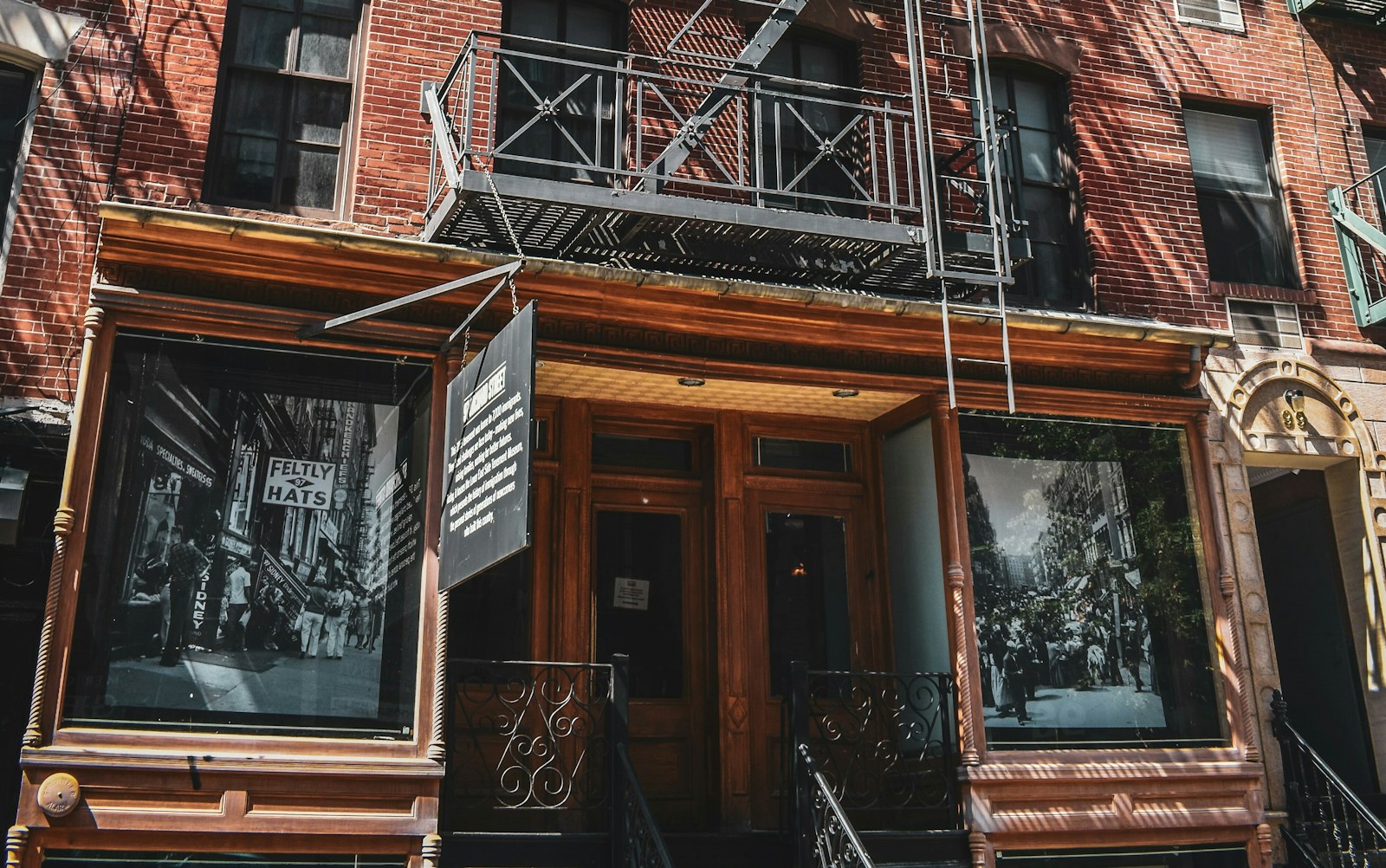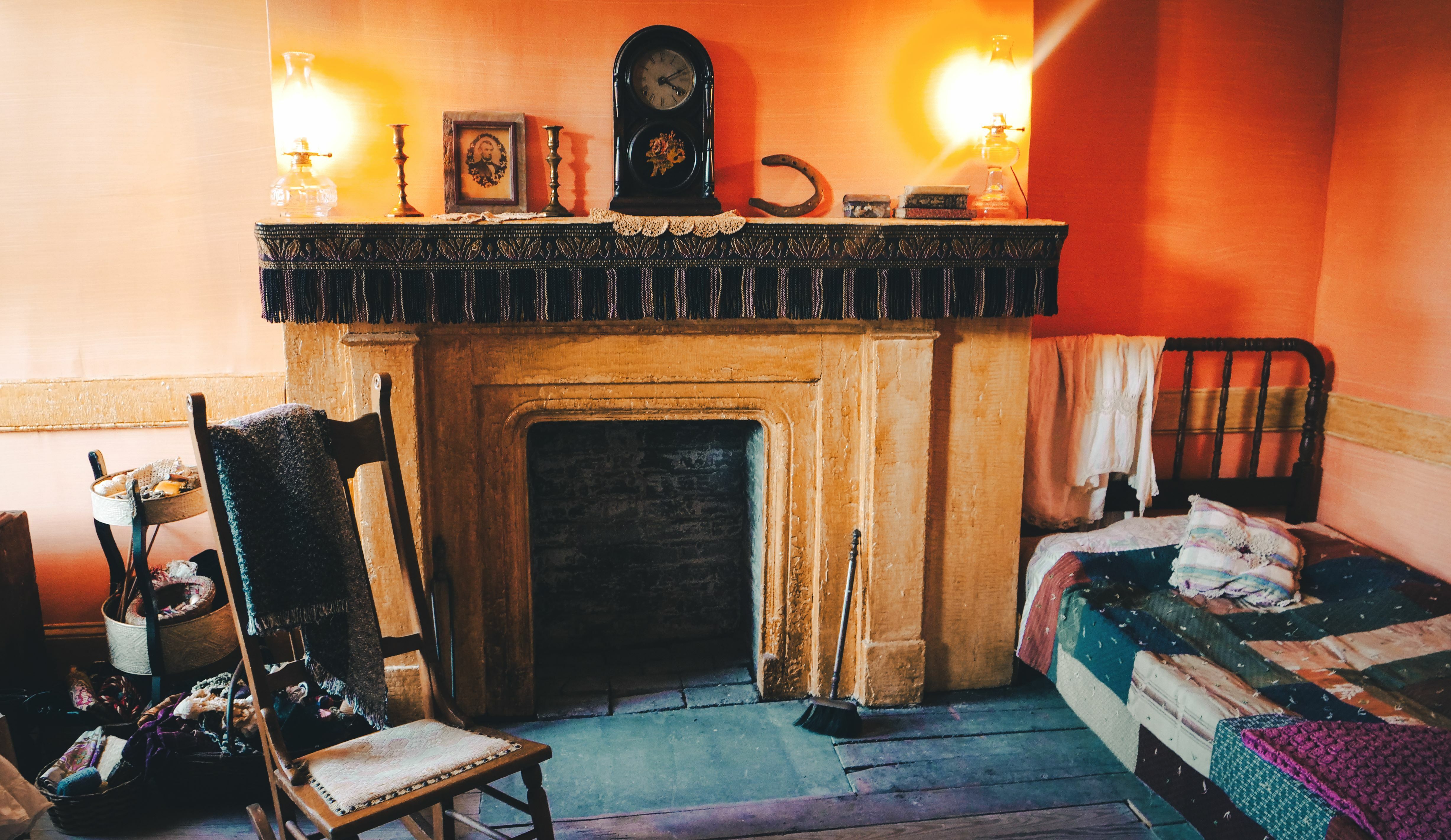
.
.
In the heart of Manhattan stands the Lower East Side Tenement Museum, which for more than 30 years has preserved and interpreted the stories of working-class immigrants, migrants, and refugees who built their lives in the Lower East Side—one of the nation’s quintessential immigrant neighborhoods. Occupying two historic tenements, located at 97 Orchard Street and 103 Orchard Street, the museum provides visitors with immersive experiences, inviting them into recreated homes of historic residents to gain insights into the daily lives, challenges, and triumphs of those who lived there between the 1860s and the 1980s.
With a grant from the National Park Foundation’s (NPF) Inclusive Storytelling program, the museum, which is also supported by the National Parks of New York Harbor, is creating a new virtual extension and programming to accompany a new exhibit, titled “A Union of Hope: 1869,” that tells the story of Joseph and Rachel Moore, a Black family living in the New York City tenements in the 1860s. This exhibit adds a new perspective to the diverse stories the Museum shares—including historic tenement families from China, Eastern Europe, Ireland, Italy, Greece, Puerto Rico, and Russia—to now include a Black family. The exhibit also helps to elevate the long history and significant role of Black Americans in shaping local and national history and extends the Museum’s mission to build a more inclusive and expansive American identity.

The exhibit highlights Joseph’s journey from a free Black community in Belvidere, New Jersey, to New York City and explores the ties the Moore family forged at work and home, shedding light on the mixed Black and Irish community in which they lived—a facet of history often overlooked by scholars and historic sites. Living in the aftermath of the 1863 Draft Riots, the Moores shared their household with two boarders, an Irish woman and her mixed-race son, an example of the intricate intersection of race and community during that era.
Central to “A Union of Hope” is the creation of virtual complements that will enable a wide range of visitors, especially K-12 students, to experience the new exhibit as well as the story of Joseph and Bridget Moore, an Irish family living in New York City at the same moment in history. NPF’s support is enabling the Museum to create 3D virtual models of Joseph and Rachel Moore’s apartment for use in Virtual Field Trips (VFTs) with K-12 students, record oral histories with Black New Yorkers connected to the apartments’ stories, evaluate the VFT program, and present livestreamed public programs that will help visitors more deeply explore the history and themes related to this exhibit.
“A Union of Hope: 1869” is now open to the public, underscoring the Museum’s and NPF’s shared commitment to inclusivity and continuing to refresh and expand narrative horizons. By opening the doors to Joseph and Rachel Moore’s recreated 1869 tenement apartment, the Museum invites diverse visitors to explore the Moores’ lives and the diverse and interconnected histories of the New York City tenements.